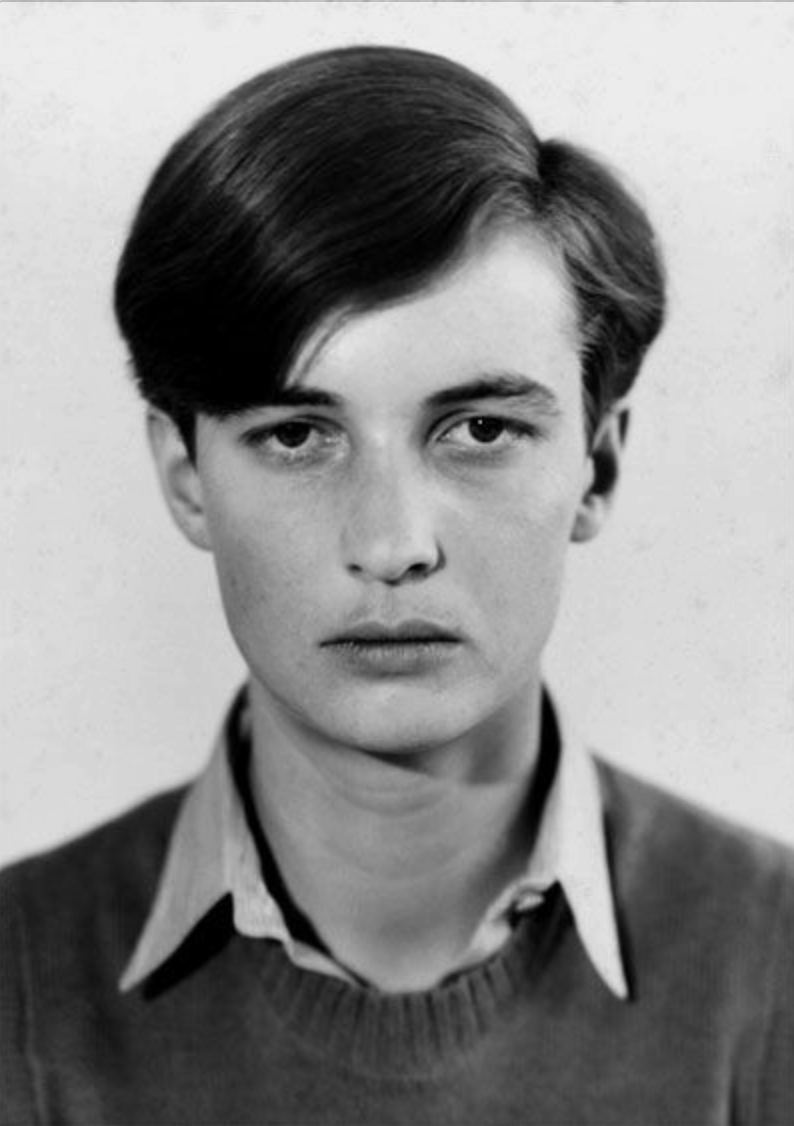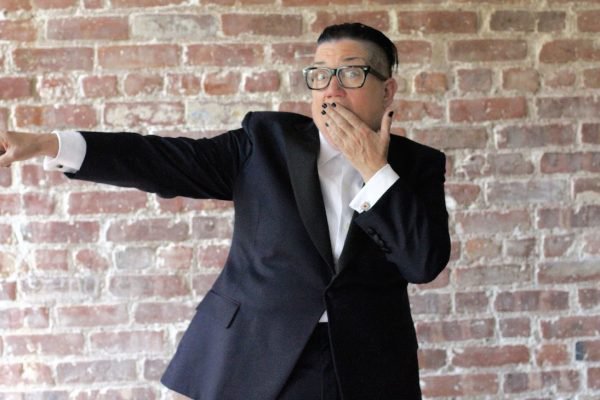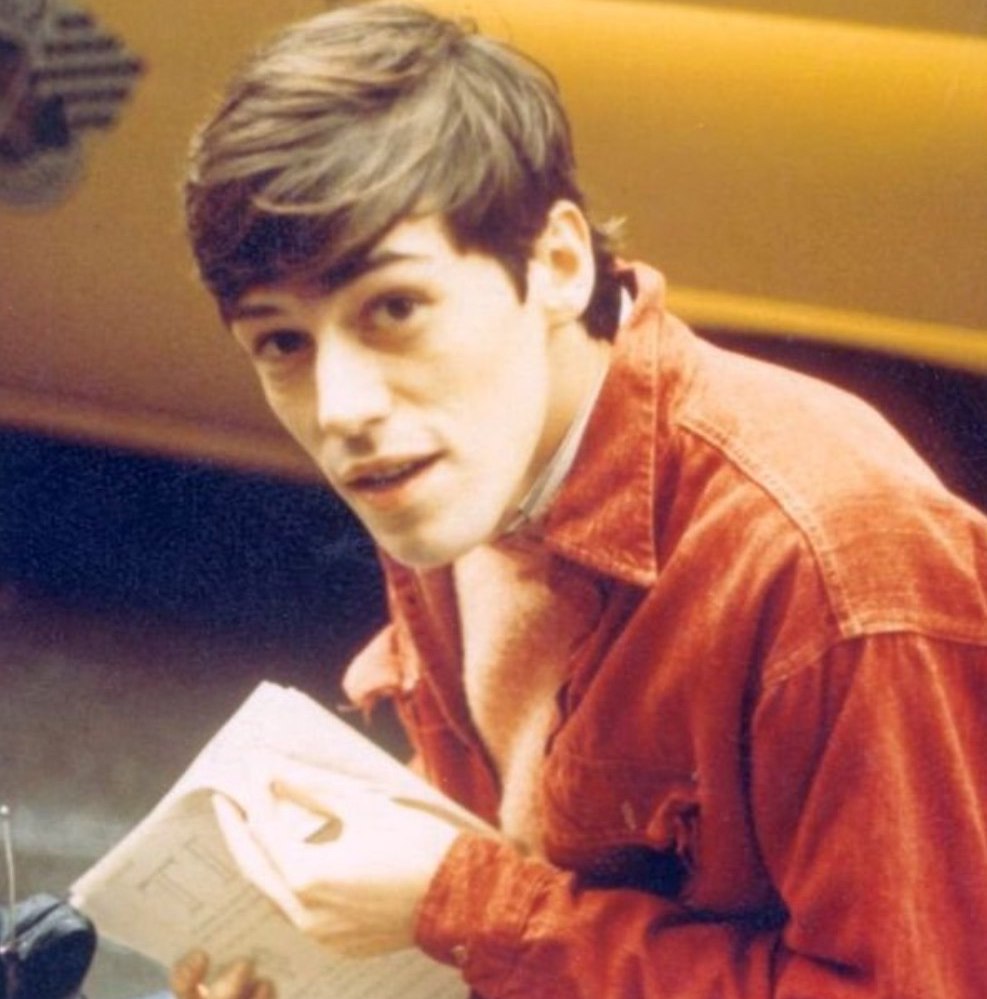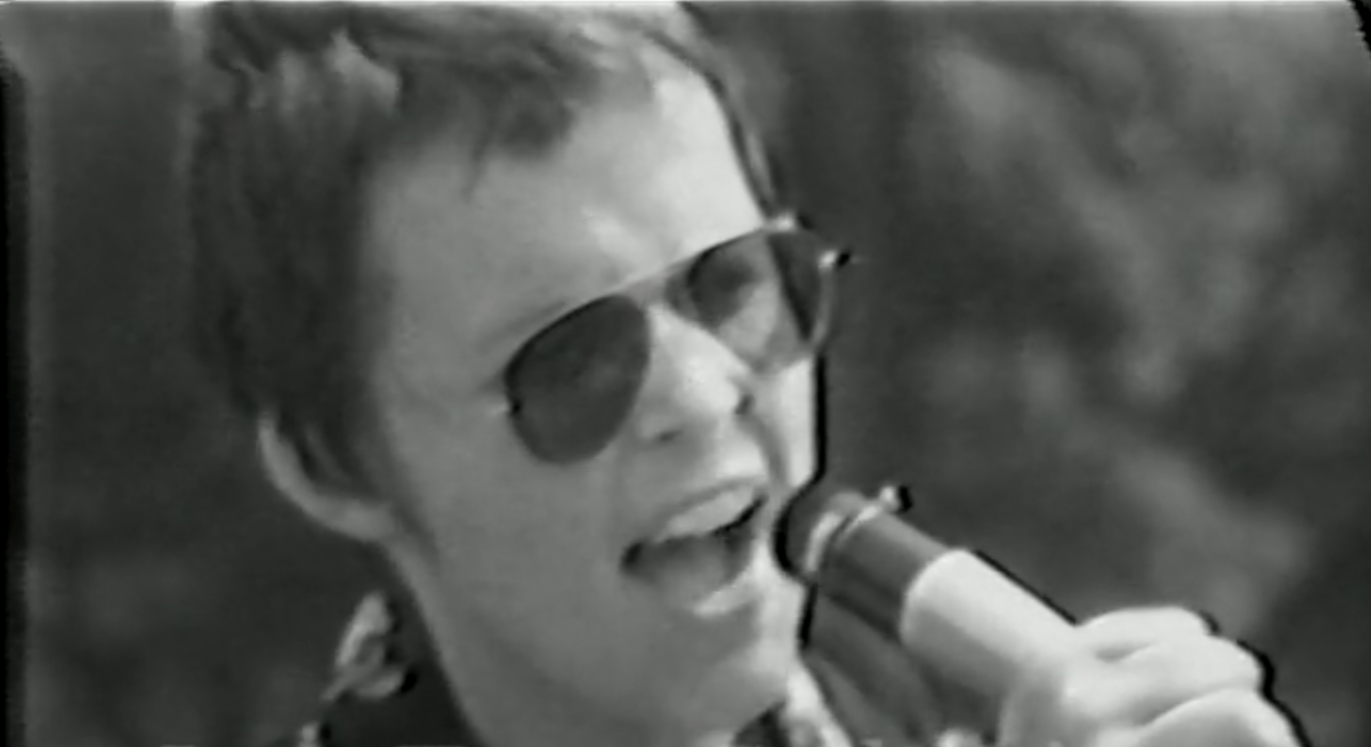by Julia Diana Robertson
Buried in the folds of his-story, Annemarie Schwarzenbach was a widely published lesbian author. Born in 1908, Schwarzenbach died young, at the age of 34. By then, she’d attempted suicide twice, after years of self-harm. Schwarzenbach defied sexist norms. Those ‘norms’ were sexist and damaging then, and they’re still sexist and damaging now.
Annemarie Schwarzenbach was haunted by a world that considered her incorrectly female—So why have there been so many attempts to revise her story, recategorize and relabel her, postmortem, only to say the same? It’s not only unethical, it robs lesbians of what few pages we have in the his-story books. If we can be revised after we’re dead, by the very thing we fight against while we’re alive, then what are we fighting for?
Dazed recently reported that Schwarzenbach “was raised as a boy.” This is a prime example of the ways in which things have been taken out of context to perpetuate sexist ideas. There’s been a media push to rebrand Schwarzenbach as ‘on the outskirts of womanhood.’
Although historically, girls were forced to abide by the rigid rules of ‘gender’ (stereotypes designated based on sex), Schwarzenbach’s parents didn’t force her to conform to ‘norms.’ On the contrary… As a child, she sported short hair, and wore comfortable clothes that were (and still are) categorized as ‘boy’s clothes.’ It’s been said that she was raised “like a boy,” not “as a boy.” And in the context of that time period, that statement refers to the stereotypes, roles and freedoms that were only granted to boys.
Until 1987, Schwarzenbach was forgotten. Her great nephew, historian Alexis Schwarzenbach, didn’t know much about her, until he discovered one of her novels on a bookshelf.
“I went to my grandmother and said, ‘I didn’t know grandfather’s sister was a writer’. And she said, ‘yes, she was a writer, and a lesbian and a morphine addict.’ ”—Swiss Info
The mainstream media’s erasure of the word “lesbian,” is a major point of contention that the lesbian community has expressed, time and time again. In a recent article by The New York Times, about Schwarzenbach, the word “lesbian” is never used… Not even once. The article refers to Schwarzenbach as “gay,” and her husband as “also gay,” and calls Schwarzenbach an “L.B.G.T. heroine.”
Annemarie Schwarzenbach was finally unearthed from his-story, only to be buried in sexism and lesphobia once again.
By the age of 23, Schwarzenbach published her first novel, which was very well received. In ten years, she published several novels and produced more than 300 articles, and 5,000 photographs from her journeys across the world. Annemarie Schwarzenbach was finally unearthed from his-story, only to be buried in sexism and lesphobia, once again.
Schwarzenbach is one of the many women who’ve been resurrected and popularized in mainstream culture to bolster false narratives. Narratives that not only maintain the regressive idea that there’s a wrong way to be a girl, a wrong way to be a woman, but also further enshrine lesphobia.
Continuing to equate ‘femininity’ with ‘womanhood’ is about as sexist as it gets. And yet, here we are. Women who dare to claw their way out of the man-made box (of roles and expectations), deserve to be celebrated—Not reinvented postmortem, in order to further cement the very stereotypes that put them in that box to begin with.
Though Schwarzenbach’s beauty caught the eye of men and women alike, her ‘androgynous’ style left her vulnerable to regular abuse. She was a trailblazer who defied sexist expectations—But for women who don’t look and behave the way people think a woman “should” look and behave, the price is often high.
Though Schwarzenbach’s beauty caught the eye of men and women alike, her ‘androgynous’ style left her vulnerable to regular abuse. She was a trailblazer who defied sexist expectations—But for women who don’t look and behave the way people think a woman “should” look and behave, the price is often high.
Schwarzenbach spent most of her adult life trying to escape. She wrote, took photos, traveled, drank, used drugs, and was known to regularly stay awake till the break of dawn.
She also kept away from her family, one of the wealthiest families in Switzerland. She had major political disagreements with her mother, who was a Nazi sympathizer, known to be domineering. Her mother was bisexual, and her father tolerated his wife’s extramarital affairs with women.
Schwarzenbach started using drugs and was introduced to morphine.
After Schwarzenbach had a brief affair with a German writer, Erika Mann, she settled into the Mann family’s home and became an ‘adopted’ part of their family. She spent a good deal of time hanging out with Erika’s gay brother, Klaus Mann, in Berlin. Schwarzenbach started using drugs and was introduced to morphine.
Annemarie Schwarzenbach and the Mann family, were vehemently anti-Nazi. Her association with the family caused major conflict with her parents—Especially her mother, who took issue with Schwarzenbach’s circle, which included Jewish people and political refugees.
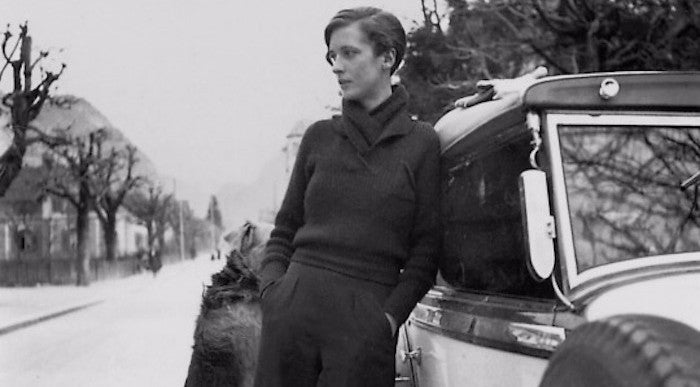
Like many lesbians (who don’t conform to norms), Schwarzenbach, who was regularly dehumanized, was driven to self-harm. Her addiction haunted her. And in her mid-twenties, she attempted suicide for the first time, after a scandalous affair with the daughter of a Turkish Ambassador. Her family was embarrassed by the suicide attempt, rather than concerned.
Shortly thereafter, she married a French diplomat, Claude Clarac. It was a marriage of convenience that not only provided her with a diplomatic passport (which allowed her to travel freely), but also covered up the fact that they were both gay. But after only five months, she grew restless and left him to travel. Further romantic involvements with women and the resulting persecution, would eventually lead to her downfall.
The persecution she faced, is still alive and well today. “Lesbian” is still a word people hesitate to utter. And the mainstream has continually sanctioned the abuse of ‘butch’ lesbians—Still casting them as unflattering caricatures, no more than a ‘she’s really a man’ punchline. The sexism and lesphobia behind the abuse, is not only a reflection of fragile masculinity, it’s a reflection of how deeply ingrained misogyny is in most people. The resulting cruelty comes with real world consequences.
While the mainstream media has a long history of obsessively trying to expunge ‘masculine’ lesbians from the category of womanhood, ‘androgynous’ women are quite often the epitome of female beauty, the best womankind has to offer.
The media frequently uses an inaccurately translated quote, taken out of context, to push the idea that Schwarzenbach was something other than a woman because of her style—“She was neither a man nor a woman, but an angel, an archangel.” Revisionists have used this version, of a poetic statement (spoken in admiration, by fellow photographer Marianne Breslauer), to build a new narrative about Annemarie Schwarzenbach.
The sexist notion that girls and women should inherently want to dress and behave a certain way, is encoded in us from the time we are born. It’s in everything around us, from movies, to magazines. It’s the very reason women like Schwarzenbach are being revised and ‘othered,’ postmortem. Many people never realize the depths to which we’ve been universally brainwashed.
Annemarie Schwarzenbach was known to be introspective, sensitive and passionate. In her photos, she appears incredibly stylish. Women never needed men to tell us what was sexy—We already knew.
Annemarie Schwarzenbach was known to be introspective, sensitive and passionate. In her photos, she appears incredibly stylish. Women never needed men to tell us what was sexy—We already knew.
Schwarzenbach tried to run, but no road would ever lead to the escape of her demons. In 1936, she went on a road trip, in the United States, with American photographer Barbara Hamilton-Wright, and documented the industrial regions of the Northeast during the Great Depression. The following year, they went again, and she documented the Deep South. The rift between Schwarzenbach and her family grew.
In 1939, Schwarzenbach tried again to overcome addiction, by going on a road trip with fellow writer, Ella Maillart, from Geneva to Afganistan. Eventually, she got ahold of a morphine substitute and they parted ways. Schwarzenbach then had a love affair with Ella Maillart’s married friend, French archaeologist Ria Hackin, causing such a scandal, she was forbidden to travel in Turkmenistan.
She went back to the United States to work with the Mann siblings, on a committee that helped refugees from Europe. There she met writer Carson McCullers, who reportedly fell head over heels for Schwarzenbach. “She had a face that I knew would haunt me for the rest of my life,” Carson McCullers said.
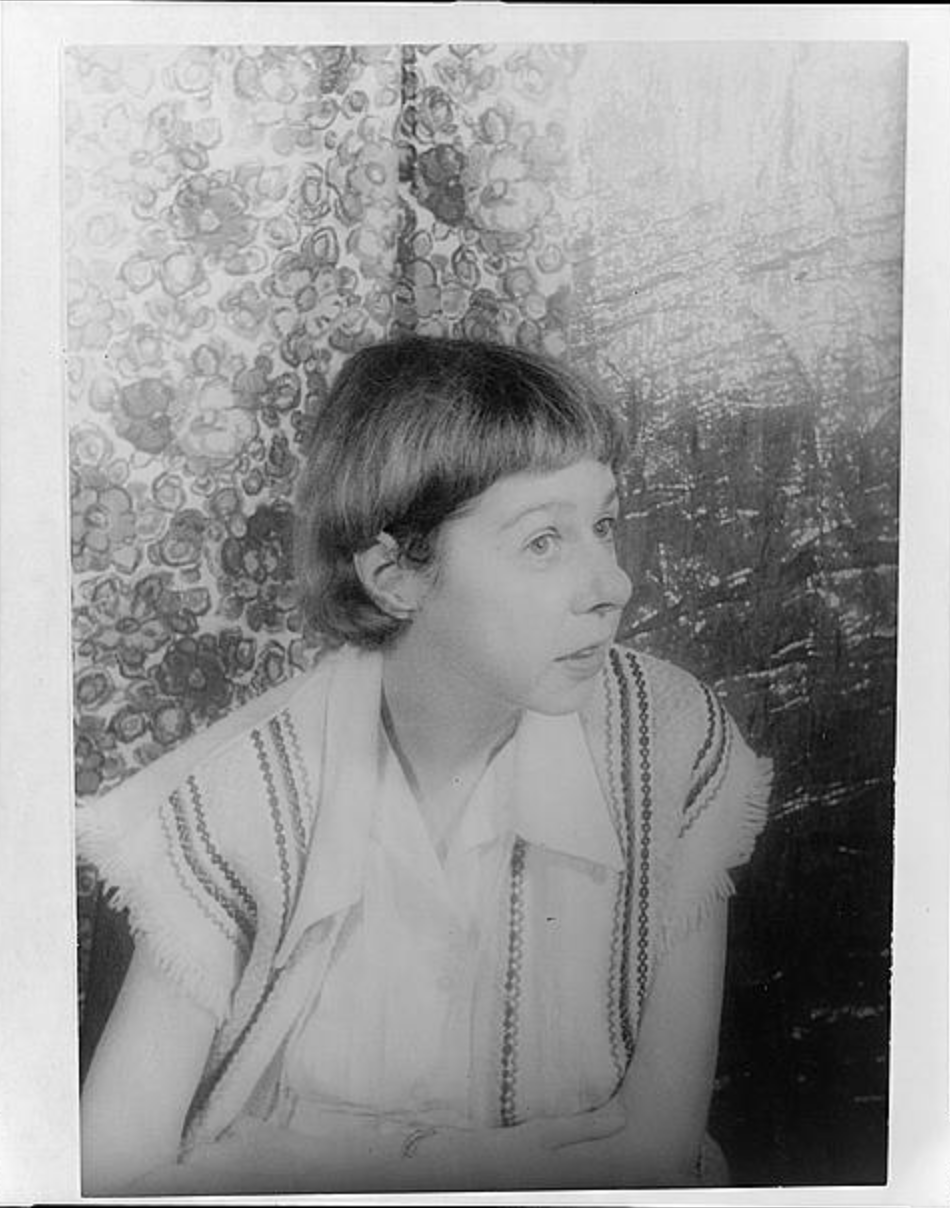
Let’s take a quick detour here…
Let’s take a quick detour here, because McCullers is also among a growing number of women who’ve had their lives revised, postmortem. A writer in The New Yorker, explained her decision to write Carson McCullers as a “man,” in a play and in a movie, stating, “I started to notice that McCullers had issues with her gender…Her given name was Lula, but she took on her middle name, Carson…” I’m not sure what this proves… My friends called me Jay, ages 6-12. In high school, I was called Little Joe. Siri calls me Big Daddy. My current sign out is JD. And I also go by the nickname Romeo.
As further ‘proof,’ the writer goes on to say “[Carson McCullers] wore men’s clothes, and was often photographed in a suit. Her main protagonists were young, boyish girls with men’s names: Frankie and Mick.” I wear ‘men’s clothes.’ I’ve been photographed in a suit. My protagonists have so-called ‘men’s names.’ Check, check, and check.
The writer then concludes that “…had [Carson McCullers] been alive today… she might have been living as a transgender man.” Adding, “She did once tell Capote, ‘I think I was born a boy,’ which doesn’t, in and of itself, mean much—but how many of us, as little girls, have never had that thought? Most.” On the contrary, most of us have had that thought. In fact, my wife and I don’t know any lesbians who didn’t have that experience—It’s a common theme with young lesbians, as we grapple with sexist expectations, limitations and same-sex attraction.
Are all women who break stereotypes going to be up for revision, postmortem? If we’re going on the basis of sexist stereotypes, every lesbian I know could be recategorized after death.
Annemarie Schwarzenbach is summed up in one line, in this same article in The New Yorker: “McCullers was deeply in love with a Swiss journalist, a lesbian drug addict named Annemarie Schwarzenbach.”
“A lesbian drug addict.” The way in which our history is so thoughtlessly mangled and relayed by mainstream media, is appalling. Schwarzenbach, a tortured soul and brilliant icon, was so much more than “a lesbian drug addict.”
Schwarzenbach never became involved with Carson McCullers. At the time, she was involved in a troubled relationship with a married woman, Margot von Opel, and she still had feelings for Erika Mann, who cut her out of her life.
Annemarie Schwarzenbach’s mental health further declined, and she attempted suicide once again. This landed her in a psychiatric hospital in 1940, where she was held, until 1941.
Annemarie Schwarzenbach’s mental health further declined, and she attempted suicide once again. This landed her in a psychiatric hospital in 1940, where she was held, until 1941. After Schwarzenbach was released, she returned to Switzerland. She then went to the Belgian Congo of Central Africa, after which she took a two month trip to visit Claude Clarac.
On September 7th, in 1942, Annemarie Schwarzenbach fell from her bike, in the Alps of Switzerland, and struck her head. She was in a coma for three days and she woke with amnesia. Her mother wouldn’t permit Claude or any of her friends to see her. She was kept in the family home in Switzerland, where she didn’t recognize anyone, and died nine weeks later, in November of 1942. Her mother set all of her daughter’s letters and diaries on fire, but her published works remain.
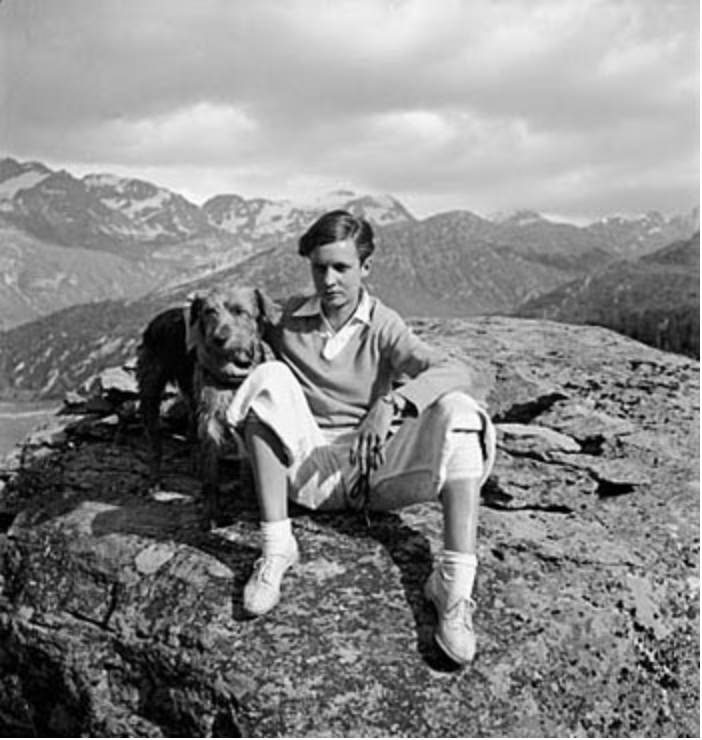
A different version of this article, by Julia Diana Robertson, is published at Huffington Post.
جوليا دياناJulia Diana Robertson is an award-wining writer, and a contributor at Huffington Post and AfterEllen. You can find her at www.juliadianarobertson.com

